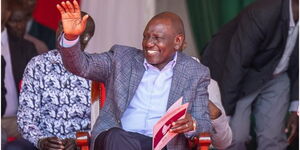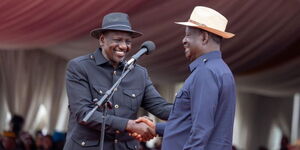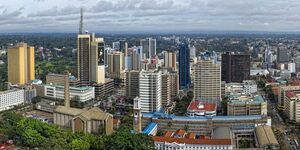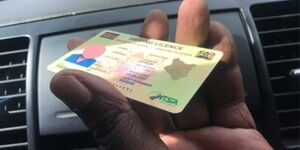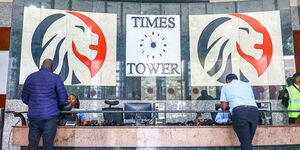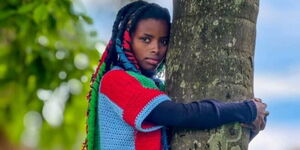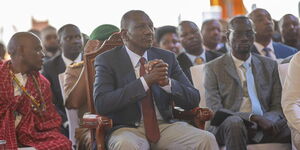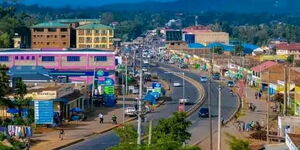Kenyans spent Ksh197.5 billion on second-hand clothes, popularly known as mitumba, between January and December in 2019.
This is according to a new report titled The State of Second-Hand Clothes and Footwear Trade in Kenya, published on March 4, 2021, by the institute of economic affairs.
"2.5 percent of private consumption in Kenya was spent on clothing and footwear for the year 2019. This spending amounts to Ksh 197.5 billion which comes to an average of Ksh 4,150 per person per year for all purchases of second-hand garments, new clothes, and footwear," reads an excerpt from the report.
It further revealed that when it came to mitumba, 67.8 percent of Kenyan households in urban areas spent Ksh 1,000 and below, while the corresponding figure for rural dwellers was 79.2 percent.
This finding is consistent with the evidence that rural dwellers have lower incomes and are more interested in affordable clothing and footwear.
Analysis at the household level shows the majority of households buy new clothes when required such as school or workplace uniforms.
91.5 percent of households buy second-hand clothes worth Ksh 1,000 and below, and 8.5 percent buy second-hand clothes worth Ksh 1,000 and above.
On the other hand, 74.5 percent of all households bought new clothes priced below Ksh1,000, and 25.5 percent bought new clothes priced above Ksh 1,000, confirming the price sensitivity of second-hand clothes.
According to the report, the typical income earner in Kenya spends about 40 percent of monthly earnings on food alone, meaning that the available income must be spent on shelter, transportation, education, health and other needs.
Kenya is one of the largest importers of second-hand clothes in Sub-Saharan Africa because it is also the entry point to other countries.
Kenya imported 185,000 tonnes of second-hand clothing in 2019, equivalent to approximately 8,000 containers.
The taxes paid amounted to Ksh 12 billion. The sector contributes at least Ksh 1 billion in revenue per month, with an estimated 2 million Kenyans earning a living through the trade of second-hand clothes.
Additionally, the traders also pay business license fees, among other payments to national and county governments.
The release of the latest report coincides with an ongoing initiative of the Big Four agenda under the phrase “Buy Kenya, Build Kenya”.
There Kenya Association of Manufacturers (KAM) have not formally opposed the importation of second-hand clothes.
However, the Ministry of Trade and Industry through Kenya Bureau of Standards (KEBS) had considered that a permanent ban on used clothing and footwear would be a good policy.


